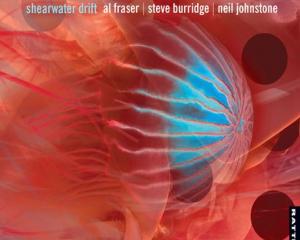
What Murray Perahia sees as "two of the most radically ground-breaking of Beethoven’s 32 piano sonatas" are new studio recordings by this American performer. It is the first time he has recorded these two famous sonatas. The pianist always displays a wonderful touch producing a beautiful sound, with a technique that never strays from a perfect classical structure. Beethoven sonatas are a field where competition is fierce but this is, as Gramophone magazine declared, "a disc, naturally and vividly recorded, of rare distinction and pedigree."
The disc opens with the B flat major Hammerklavier that Perahia declares the more difficult of the two sonatas — not for its finger-wrenching displays of delivery of rather desolate music but more for its imaginative and technical challenges of interpretation and tempos. It is much bigger and does not fit with the other sonatas.
Perahia writes: "The challenge of this music is still alive because one can get deeper and deeper into the piece’s mysteries. That’s endless — both musicologically and emotionally. Everything in it is connected. There is not a random note, yet it feels improvisatory. So it is a mystery that will intrigue and occupy musicians forever."
Due respect then goes to Beethoven Sonata No.14 (the famous Moonlight title was added after his death) that changed the pattern of movements in previous sonatas. It was no doubt inspired by the transformation of piano technology — extra notes and new sustaining pedal giving wider dynamic range, resonance and attack. Beethoven then unleashed a musical revolution. Perahia treats this highly pianistic work lovingly and with great care.
Verdict: Vivid recording, piano playing of distinction.













